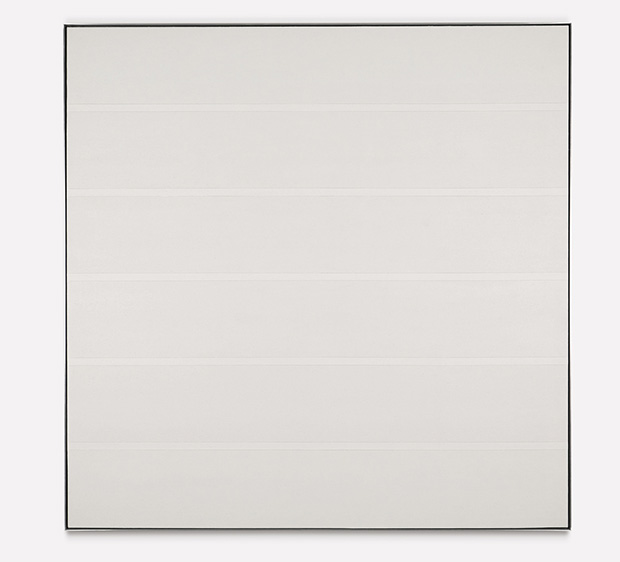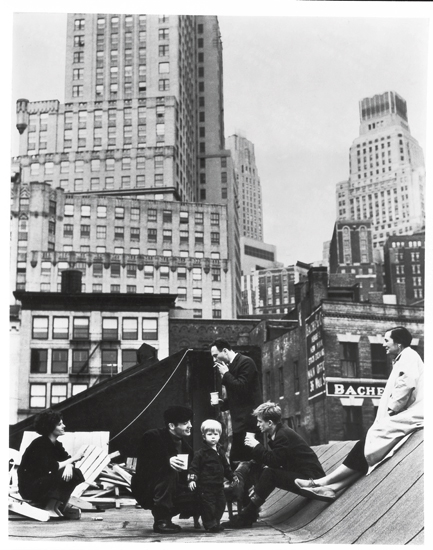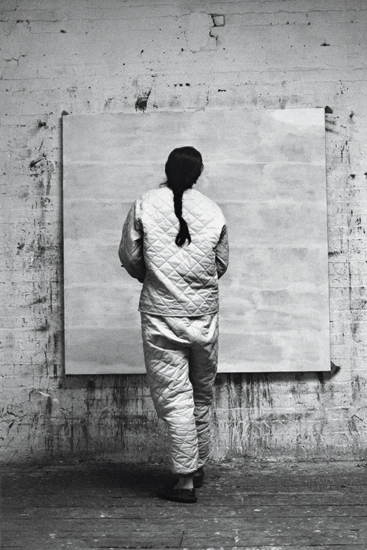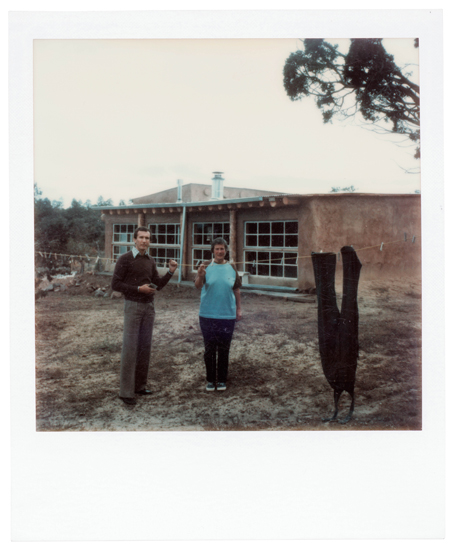
From Book to Bid – Agnes Martin’s Untitled #7
One of Martin’s delicate, detailed works is up for sale tomorrow. Understand how the artist created it, via our book
In the early 1960s, around her fiftieth birthday, the Canadian-born, New York-based artist Agnes Martin began to paint her first grids. “I thought I had created something that no one would consider to be a painting,” she later said, “but to my surprise they responded.”
It was a good time for experimentation. The success of the Abstract Expressionists had brought new stylistic freedoms, and burnished the status of American painters within the art world.

Martin was about the same age as the Ab Exers – both she and Jackson Pollock were born in 1912 – and while she admired their work and aims, she did not go in for their wilder strokes. Instead, Martin saw that, by restricting herself, she opened up a new world.
“With the development of the grid, she fulfilled her mission to create paintings at once devoid of intellectual content and simultaneously about something,” her friend the Pace Gallery founder Arne Glimcher writes in our Agnes Martin monograph. “Emptied of all other visual incidents, of Cubist space and brushwork, the paintings address finer layers of perception and extended awareness. Without the beginning or end, composition or texture, they represent a new beginning for painting after the combative achievements of art in the first half of the twentieth century.”

Some might see Martin’s work as a kind of minimalism, in keeping with the bare, sharp-lined paintings that Frank Stella had first shown in 1959 at the Museum of Modern Art. Yet, while Stella and co denied that their simple paintings revealed any inner secrets, Anges saw hers as being alive with spiritual content, albeit content that the viewer must work at in order to reveal.
“The painting becomes a chart that allows the viewer, once a time commitment is made, to share the artist’s response to interior states,” writes Glimcher. “The paintings are meditations on innocence, beauty, happiness and love. Agnes’s paintings invite the viewer to recognize states of perfection already extant within ourselves. There is no narrative, they offer no explanation, and they make no demands.”

Some of this desire for inner contemplation and order came from Agnes’s own poorly mental state. She suffered from schizophrenia to such a degree that she occasionally required hospital treatment. In 1967, she left New York for the isolation of New Mexico, and even gave up painting for a time.
This work, Untitled #7 on sale at Sotheby’s contemporary art evening auction tomorrow, 11 November in New York, dates from her later period. She returned to picture making in the early 1970s, and continued to pursue her gridded style of painting right up until her death.
Martin made this picture when she was aged 79, yet it retains the same qualities she had prized for decades. This graphite and acrylic work on canvas might look almost like a machine production at first, yet this and other Martin paintings Glimcher says, “are filled with visual incident at first beneath notice, but with time nuance becomes subject.”

These nuances only consist of minor variations in the strength of a pencil line or the weight of a brushstroke, yet for the patient art lover, this is enough. Like a kind of western art mandala, these paintings require work on the part of the viewer to recognise their harmony. “Beauty is an awareness in the mind,” Martin once wrote; perhaps this is an awareness the new owner of this work will learn to cultivate.